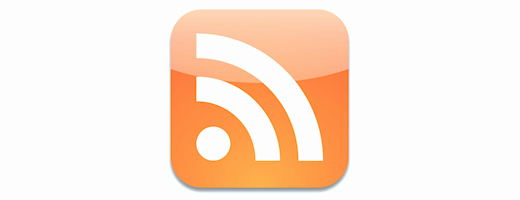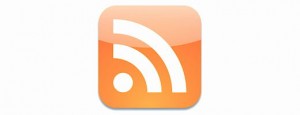I like to call RSS the “Glue” of Web 2.0.
The origins of RSS take us back in time when both Microsoft and Netscape looked at the web as a static entity that could be catalogued, defined and fixed in “channels” (eg Microsoft’s Channel Definition Format – CDF). Traces of the “channel” terminology can still be found in the RSS protocol.
Similarly Netscape devised RDF Site Summary, later renamed as “Rich Site Summary” (RSS), picking up elements from Winer’s ScriptingNews format.
After Netscape dropped RSS support, Dave Winer renamed it into Really Simple Syndication (RSS), a method to be informed of changes.
This made it the ideal way to be informed when a site publishes an update. All modern websites these days incorporate an orange RSS button, which allows subscription to a feed (the dynamic equivalent of the old “channel”). There are many ways to subscribe, such as using special software, or simply using Google’s igoogle service in your own browser. Then, when an update is posted on a site you are following, you can easily be aware of it, and can easily get to it.

